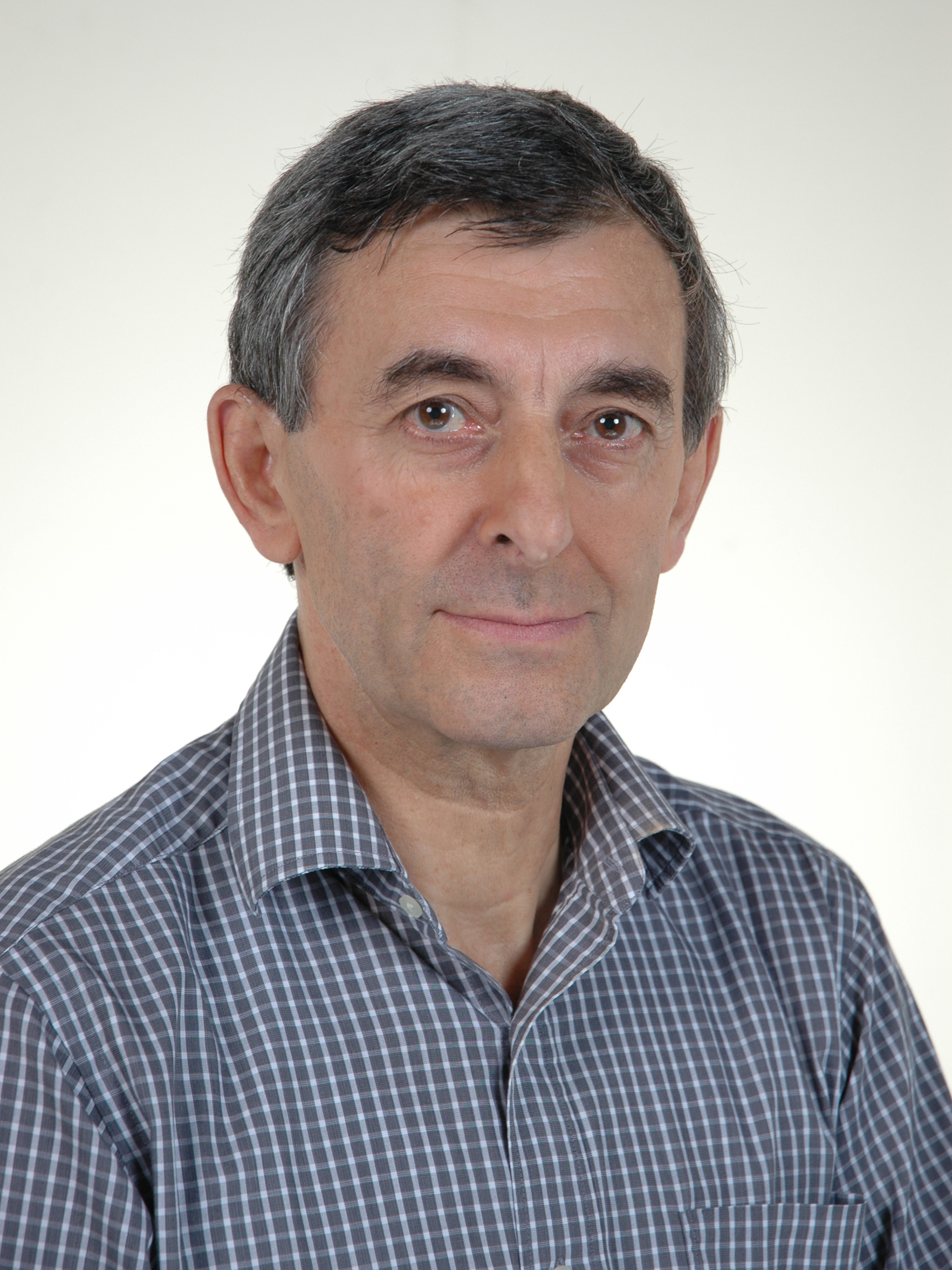|
|
Biography |
|
|
 Nicolas Franceschini was born in Mâcon, France. He graduated in electronics and control theory from the National Polytechnic Institute, Grenoble. In 1972 he received the Dr es Sciences in Physics from the University of Grenoble with a thesis on « micro-optics in the insect compound eye ». He switched to neuroscience and behavioral science, spending 13 years at the Max-Planck Institute for Biological Cybernetics, Tübingen, with Karl Götz and Kuno Kirschfeld. Back to France, he set up the Neurocybernetics lab - and later the Biorobotics lab - at the National Center for Scientific Research (CNRS), Marseille. His research interests cover neural information processing, vision, eye movements, micro-optics, neuromorphic circuits, sensory-motor control systems, biologically inspired robots and insect inspired autopilots. Since 1985 he largely contributed to the foundation of Biorobotics. Dr Franceschini has published 160 papers in neurobiology, behavioural science and robotics and given about 160 invited talks at international conferences. He has received several national and international prizes in both Neuroscience and Engineering. He was elected a member of the Academia Europaea in 1996.
Nicolas Franceschini was born in Mâcon, France. He graduated in electronics and control theory from the National Polytechnic Institute, Grenoble. In 1972 he received the Dr es Sciences in Physics from the University of Grenoble with a thesis on « micro-optics in the insect compound eye ». He switched to neuroscience and behavioral science, spending 13 years at the Max-Planck Institute for Biological Cybernetics, Tübingen, with Karl Götz and Kuno Kirschfeld. Back to France, he set up the Neurocybernetics lab - and later the Biorobotics lab - at the National Center for Scientific Research (CNRS), Marseille. His research interests cover neural information processing, vision, eye movements, micro-optics, neuromorphic circuits, sensory-motor control systems, biologically inspired robots and insect inspired autopilots. Since 1985 he largely contributed to the foundation of Biorobotics. Dr Franceschini has published 160 papers in neurobiology, behavioural science and robotics and given about 160 invited talks at international conferences. He has received several national and international prizes in both Neuroscience and Engineering. He was elected a member of the Academia Europaea in 1996.
|
|
|
|
|
|
|
Abstract |
|
|
|
|
FROM INSECTS TO ROBOTS AND BACK AGAIN |
|
|
|
|
|
From insects to robots and back again Nicolas Franceschini nicolas.franceschini@univmed.fr
The insect compound eye is a masterpiece of micro-optics, optronics, neuronics and nanomechatronics. Despite their coarse visual system (only 10 to 30000 pixels) and their minimalistic number of neurons (< 1million), insects are able to navigate in 3D, avoiding obstacles, fixating and tracking other insects on the wing and landing gracefully. The biorobotic approach that we initiated in 1985 rests firstly on a thorough biological analysis of the mechanisms underlying visually guided behaviour, secondly on the abstraction of these mechanisms and thirdly on their reproduction on-board robots. The outcome of this approach is twofold. On the one hand, it can help one to check the soundness of working hypotheses, to raise novel questions about the (often enigmatic) sensors and neural processors found in natural creatures, and to decipher the clever tricks the living animal may have come up with. On the other hand, the approach gives rise to machines that can benefit from principles evolved over hundreds of millions of years. From the results of our micro-optical, electrophysiological and behavioral studies on insect vision, we have developped several biomimetic sensors, autopilots and aerial robots. The 100-gram Robot OCTAVE, for instance, is able to avoid the ground, react to wind and land autonomously. The Robot OSCAR is able to track a moving edge with hyperacute resolution (that is, with a resolution far better than the « static resolution » calculated from the interreceptor angle), and suggests how a visual system may contribute to stabilize the gaze accurately in order to guide the animal in the presence of disturbances such as gusts of wind. Our ‘re-construction‘ approach has not only provided numerous insights into the subtle interactions between visual and motor systems in animals and machines, but has also inspired a number of laboratory experiments on flies and honeybees. These efforts have spawned a new field that could be called “Biorobot Assisted Neuroscience”, in which artificial creatures equipped with sensors, actuators and control systems inspired by physiological mechanisms can guide neurobiologists and neuroethologists to identify and investigate worthwhile issues. Research on these lines leads to a real state of synergy between a number of scientific disciplines: ethology, neurobiology, ecology, genetics, optics, electronics, informatics, mechanics, control engineering, aerospace, etc.
|
|
|
|
|